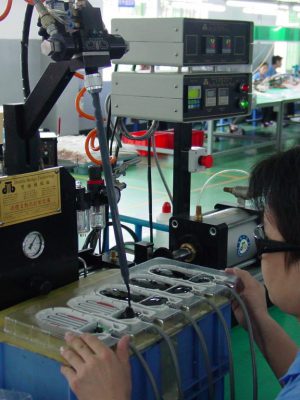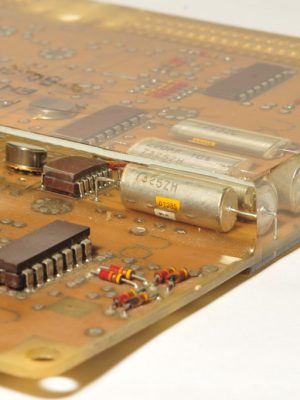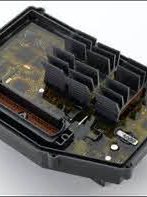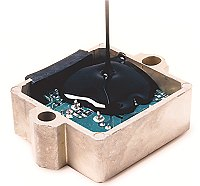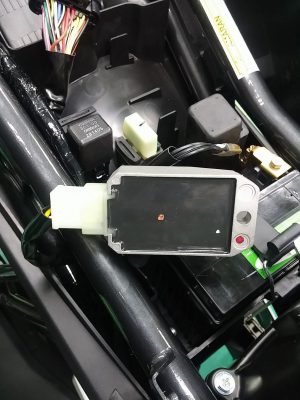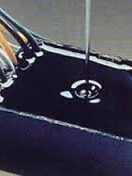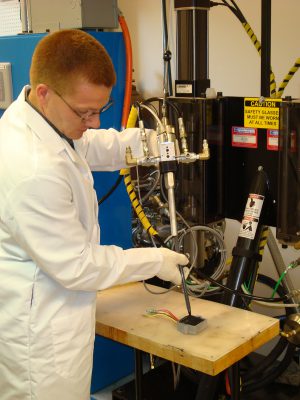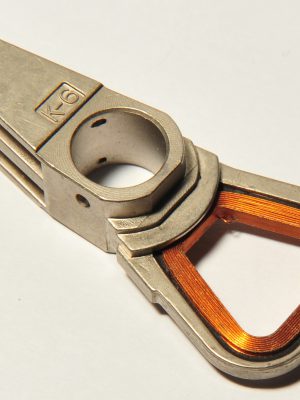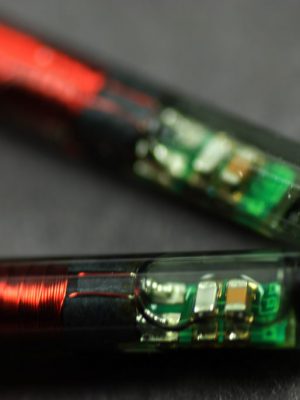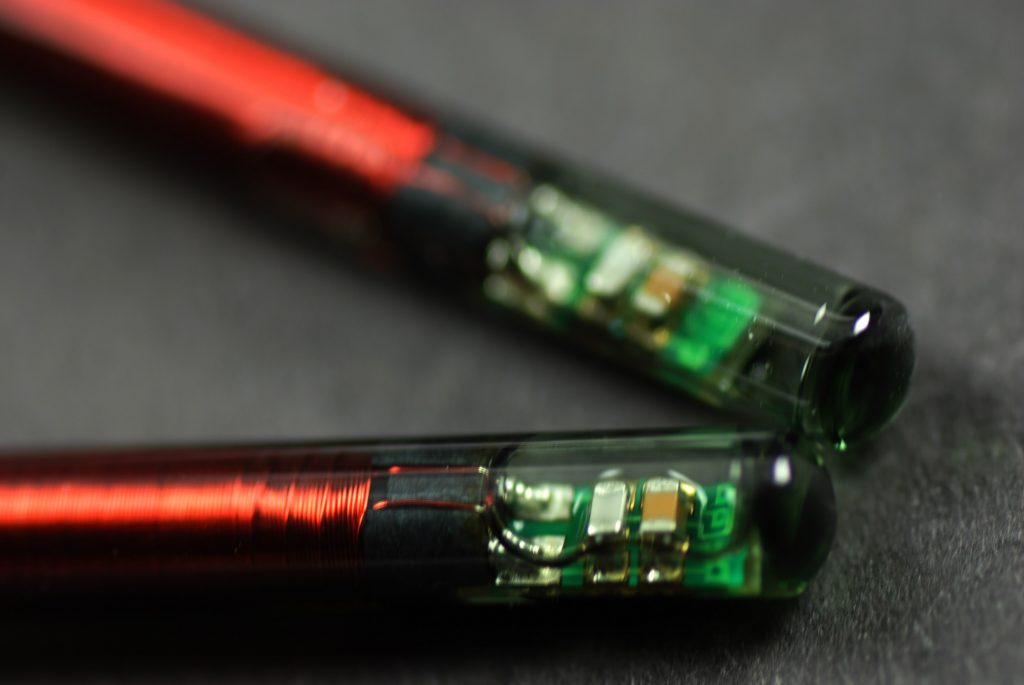Encapsulation & Potting
Encapsulation Compounds
Encapsulation and potting of sensitive electronic components can enhance and prolong the functionality of electronic devices from the harsh environment, provides excellent electrical insulation properties, thermal aging resistance and good heat dissipation. Most of these encapsulation compounds are formulated in 1 Component or 2 Component system that will allow the electronics design engineer to select one that will fulfill the process and functionality purpose.
Most of these encapsulations compounds are formulated with excellent features like thermal aging resistance, electrical strength to withstand high voltage, chemical resistance to prevent corrosion on components, weather/humidity shielding and fire retardance property.
With higher performance standards and stringent demands from the manufacturing industries, like automotive, RFID, Power & Electrical, mobile devices, electronics and IT related products, all the SMDs and components are well insulated and protected with polymer-based encapsulation to ensure the functionality and longevity of these products.
For most of the encapsulation compounds that are commonly used in the industries fall under 4 major categories:
Two Component Epoxy
Electronics potting and encapsulating compounds by using 2 Component Epoxies from our range of offerings are formulated for consistent material performance, with excellent dielectric properties, electrical insulation resistance, thermal conductivity, thermal shock resistance, mechanical strength, adhesion, hardness, cure speed, chemical resistance and UL approval.
Typical Applications
- Automotive Coils
- Sensors
- Switches & Transformers
- Submersible Pumps
- Motors & Stators
- Relays, Resistors & Capacitors
Epic Resin - 2 Part Epoxy Sytem
Vitrobond - 2 Part Epoxy
Two Component Polyurethane
Polyurethane covers a broad range of materials and can replicate virtually any type of hardness for products including gel, glass, thermoplastics, rubber, and LED compounds. Two-component polyurethane system is widely used for encapsulation and potting of electronic components due to its versatile features like low durometer, variable viscosity, good dielectric function, excellent electrical insulation, thermal conductivity and UL approval with some grades meeting 120C RTI rating in the formulation.
Epic Resin - 2 Component Polyurethane
Silicone Encapsulation
Like Epoxy & Polyurethane potting compounds, Silicone encapsulation offers robust protection to the sensitive electronic components and devices from the harsh environment and offers electrical insulation purposes.
Silicone encapsulation compounds are available in 1 or 2 component systems that will cure to its full hardness when completely polymerised either with moisture or through curing agent or catalyst if it is 2 components.
With its wide range operating temperature conditions (-400C to 2000C), high flexibility, low Glass Transition property, makes it an ideal low-stress potting compound. Cured silicone potting compound has good electrical insulation, thermal conductivity, low dielectric constant for radio frequency application and low durometer hardness to absorb any form of stress or shock during operation. It can adhere very well to most engineering plastics.
Typical Applications:
- LED Lighting Module
- LED Driver
- Automotive Reverse Sensor
- Rain Sensor Device
- RFID Glass Tag
- DC Motor
- Power Devices
Everwide Chemical - One Component Silicone
Everwide Chemical - Two Component Silicone
Low Pressure Molding
Low-Pressure Molding (LPM) compounds are made up of Polyamide and Polyolefin (hot-melt) materials or thermoplastic-based in the formulation. It is a process used to encapsulate and environmentally protect electronic components and PCBs. The purpose is to protect electronics against moisture, dust dirt and vibration.
These LPM compounds will melt flow at the required temperature and it is being injected into a metal mold with low-pressure force to encapsulate the bare components inside the metal cavity. Upon cooling, the component is being released from the metal mold that is completed encapsulated with the LPM compounds.
These ‘hot melts’ are primarily used for the rapid assembly of structures that are subject to light loads, such as the filter industry, electronics and sensitive components.
Main advantages
- Solvent-free, environmentally-friendly
- Short setting time makes them ideal for high volume applications
- One-component adhesive, easy to apply via a hand-gun or automated system
- Low waste
- Easy to store in granule form.
Offering versatility, range and cost savings for manufacturers.Performance characteristics include:
- Applied in a molten state
- Bond forms rapidly during cooling
- Rapid green strength
- Can be reactivated by heat.


